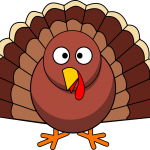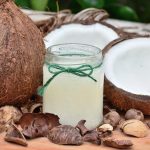From Sleep Aids to Sugar Cravings. What?! by Joan Kent, PhD
While I was busy promoting starches as a Sleep Aid for the Stressed last week, I kept getting push-back from folks who have sugar cravings late at night and don’t like my starch recommendation.
Based on that, I’ve decided to segue into sugar cravings. Some misinformation about cravings exists, so I thought I’d start there and move into the real reasons we may have sugar cravings.
What’s a Craving?
A food craving is an intense urge or desire to eat a specific type of food. It’s not the same as hunger. We can crave a food right after a meal, for example.
One of the most common cravings is for sugary foods.
Some people can indulge their sugar cravings without repercussions. For others, giving in repeatedly to cravings can undermine workouts or lead to health issues – weight gain, mood swings, diabetes, and more.
We’re typically told that sugar cravings result from low glucose — skipping meals or spacing them too far apart. Or emotion — wanting to eat sweets because we have no sweetness in our lives. Or biological need — the way we might crave salt after a sweaty workout.
These explanations have some validity but leave much unexplained. In fact, the biological need explanation may apply to salt, but definitely does not hold true for sugar.
Let’s look at some other reasons — real reasons — for sugar cravings.
Real Reason #1: Too Little Fat in Your Diet
Fats stabilize blood glucose. To the degree that sugar cravings may be brought on by low glucose, fats can help us control sugar cravings.
Science journals, though, refer to something known as the Sugar/Fat Seesaw. It’s an inverse relationship in how much fat and sugar we eat. As one decreases in the diet, the other increases.
So not eating much fat — some people are still reluctant to eat fats because of the low-fat guidelines of years ago — can lead to the desire for sugar.
But eating fats can help us eliminate sugar cravings for hormonal and neurochemical reasons. When I was working on my Ph.D., no explanation for the sugar/fat seesaw existed in the science lit. In my dissertation, I offered a two-part explanation.
Part 1
When fat enters the small intestine, a hormone called CCK (cholecystokinin) is released. CCK reduces hunger, reduces appetite, and reduces the desire for carbs.
A low-fat diet is likely to lower CCK. With less CCK around to make us want to decrease our intake of carbs and food in general, we want more — more carbs, more food. Thus, low CCK from a low-fat diet contributes to a carb/fat seesaw.
But how does sugar enter the picture?
Part 2
When we eat sugar, fat, or a combination of the two, the brain releases endorphins (namely, beta-endorphin, a brain opioid). Animals become accustomed to a given level of endorphins. When the fat in their diet decreases, they have a reaction that researchers call “withdrawal.”
My hypothesis was this. If humans experience a similar reaction, sugar cravings may result from a diet that’s too low in fats – because both CCK and beta-endorphin are down, too.
[The type of fat matters, as well, but that’s another article!]
Your Big Fat Tip
Add some healthful fat to your diet. Examples include coconut oil, avocado oil, olive oil, flaxseed oil, fish oil, walnuts and other nuts.
In my next post, I’ll cover another Real Reason for sugar cravings.
If you’ve been struggling with sugar, I would love to help. I invite you to visit www.LastResortNutrition.com, where you can grab your free copy of “3 Biggest Mistakes People Make When Trying to Quit Sugar.”
Brought to you by Dr. Joan Kent, best-selling author of Stronger Than Sugar: 7 Simple Steps to Defeat Sugar Addiction, Lift Your Mood, and Transform Your Health.



